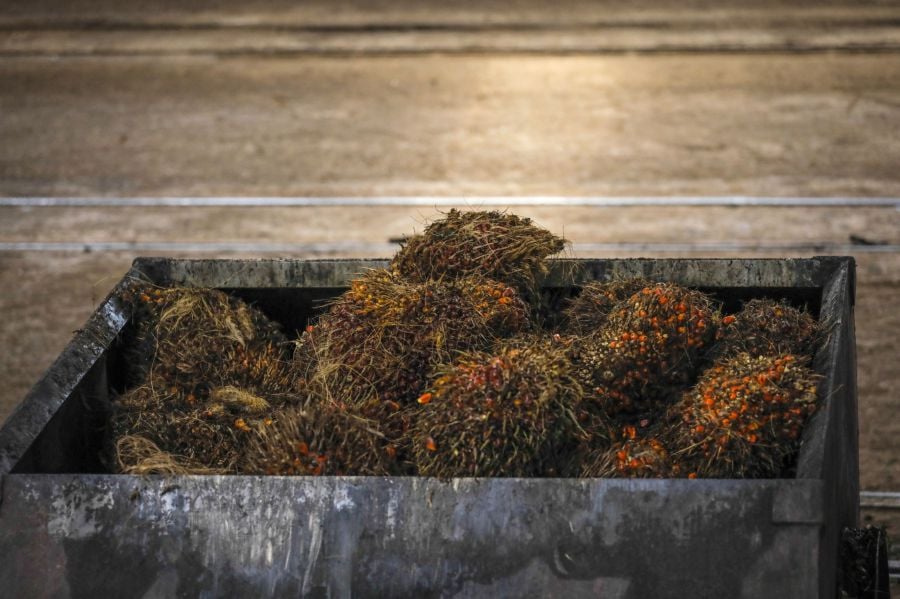Abstract
Background: Chemical induced nephrotoxicity is one of the main causes of acute kidney injury. The objective of this study was to determine the antioxidant effect of vitamin E against carbon tetrachloride induced tubulointerstitial and glomerular damage in the kidney of albino mice.
Methods: The study had been conducted on albino mice. The duration of study was for five weeks. A total of 35 animals were randomly divided into five groups A, B, C, D and E .The group A served as control group, group B was administered only with carbon tetrachloride (no vitamin E) and groups C, D and E received test drug (vitamin E) in doses of 1, 10 and 50mg/kg body weight respectively along with CCl4. The animals were dissected and kidneys were excised for microscopic study for possible histo-morphological effects.
Results: It was observed that carbon tetrachloride treated experimental groups developed tubulo-interstitial and glomerular changes as compared to control group A. The results suggested that these changes were significantly reduced in vitamin E treated groups especially in dose of 50 mg/kg body weight.
Conclusions: This study reveals that tubulointerstitial and glomerular damage caused by carbon tetrachloride can be reduced by vitamin E in dose of 50 mg/kg body weight.

